Onboarding that 3x subscription rate
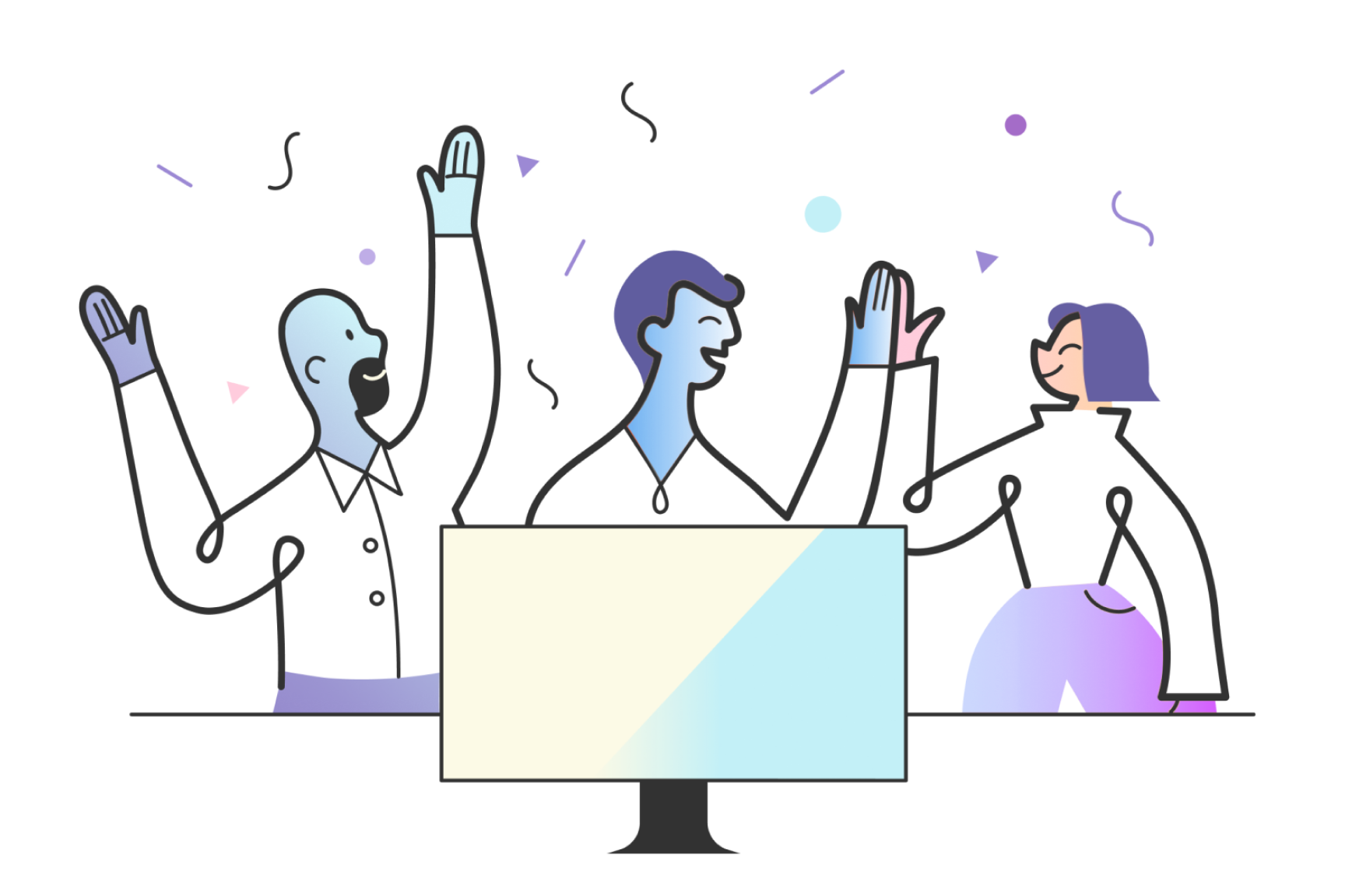
Hotjar is used by 200,000 product teams to analyse user behaviour across 1,000,000+ websites and web products. The UX work described in this case study impacts the experience of +15,000 new sign ups every month. After conducting, analysing, and synthesising 15 interviews (internal and users), thousands of data points, and much debate over technical constraints and competing business objectives, we removed friction and created guidance for users, so they can experience the value of hotjar faster.
Before
All new users were forced to install Hotjar on account creation. However, not every new user's role was to deal with installation. As a result 45% of new sign ups churned. The product experience was not taking into account the variety of users, their different needs and jobs-to-be-done.
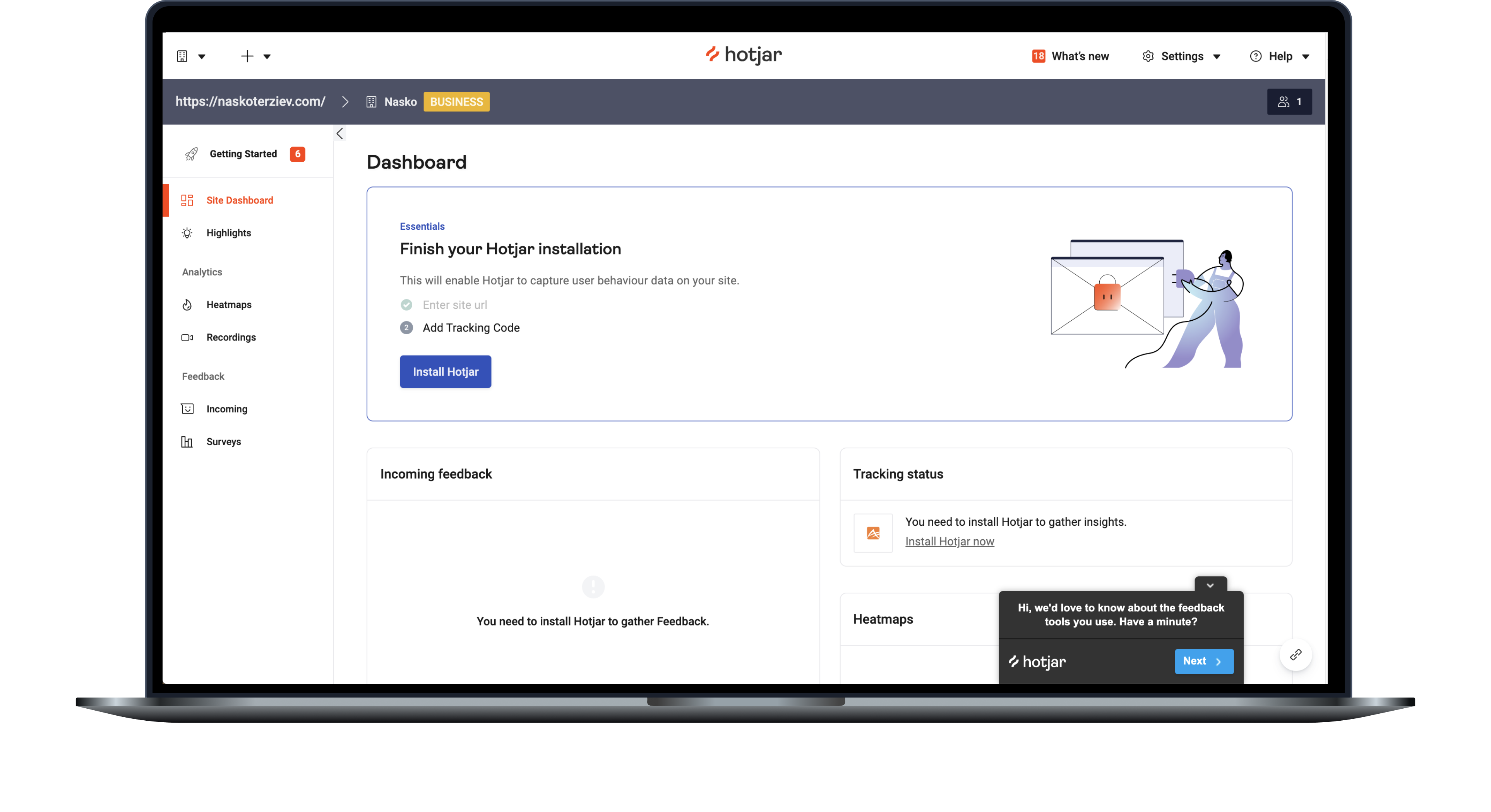
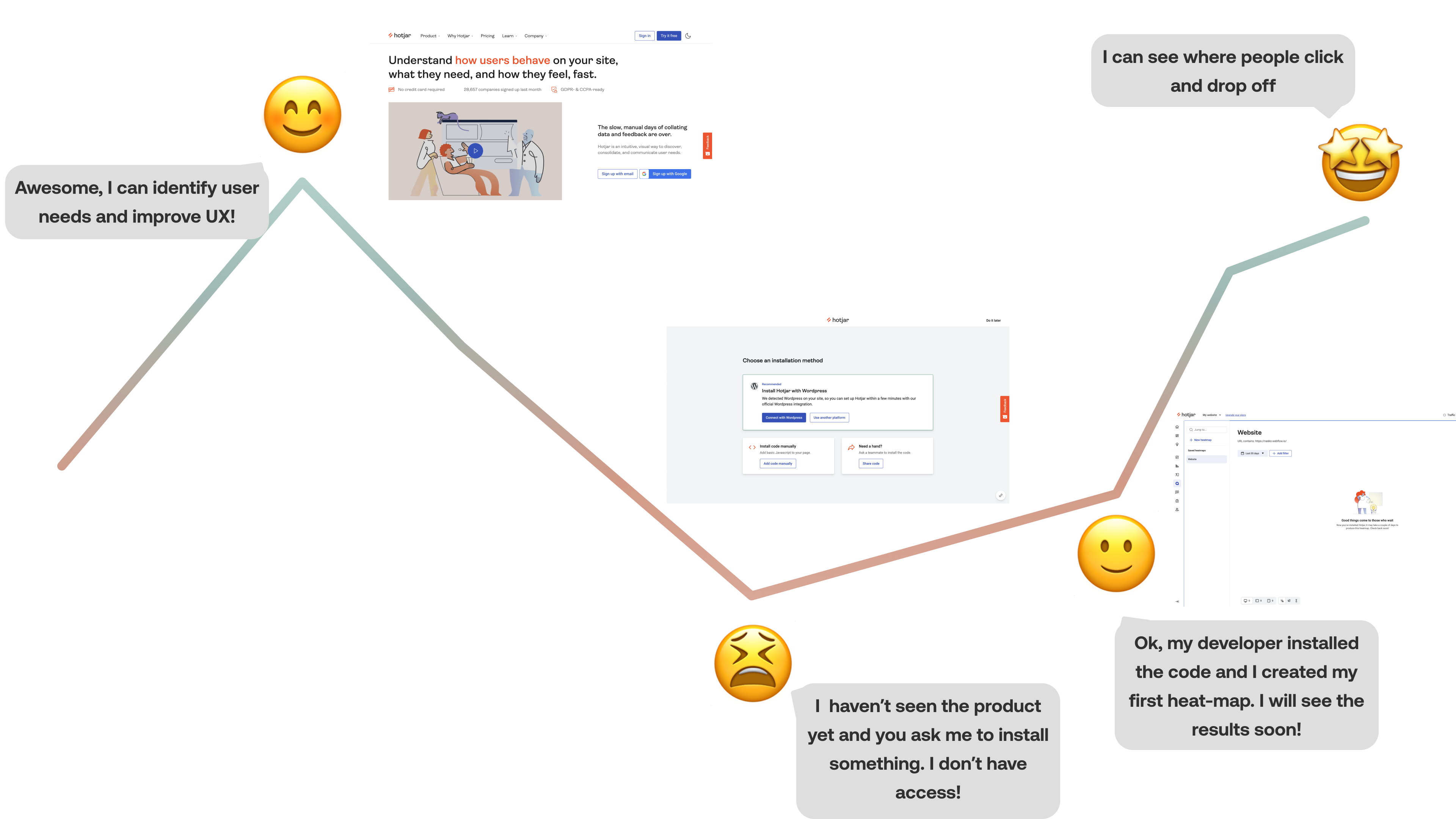
After
We provide step-by-step guidance to help customers complete tasks smoothly. For enterprise customers, we offer white-glove service to assist with compliance and procurement processes. Contextualized assistance shortens the sales cycle and reusable design components speed up shipping cycles of product teams as well as feature adoption.
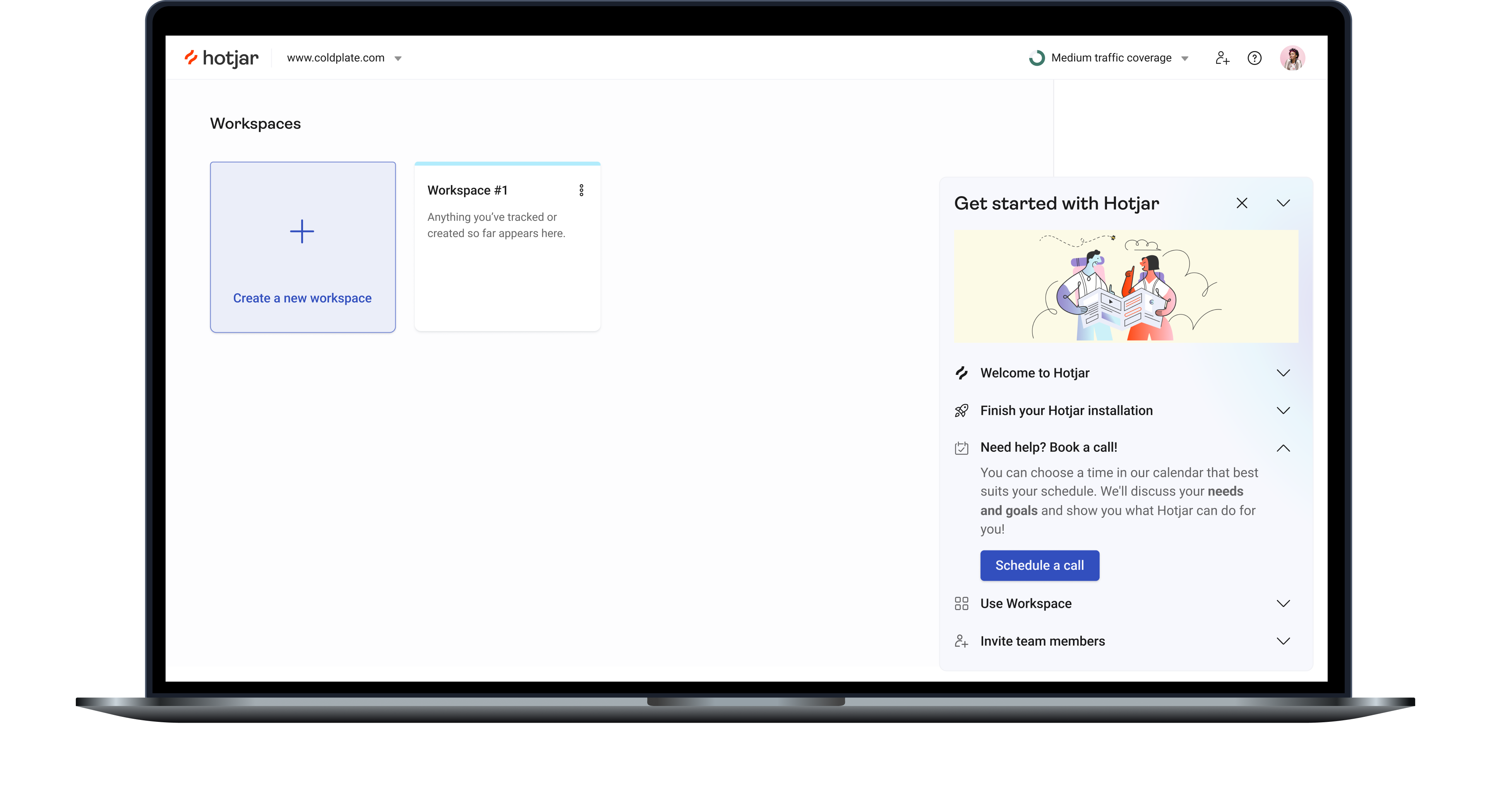
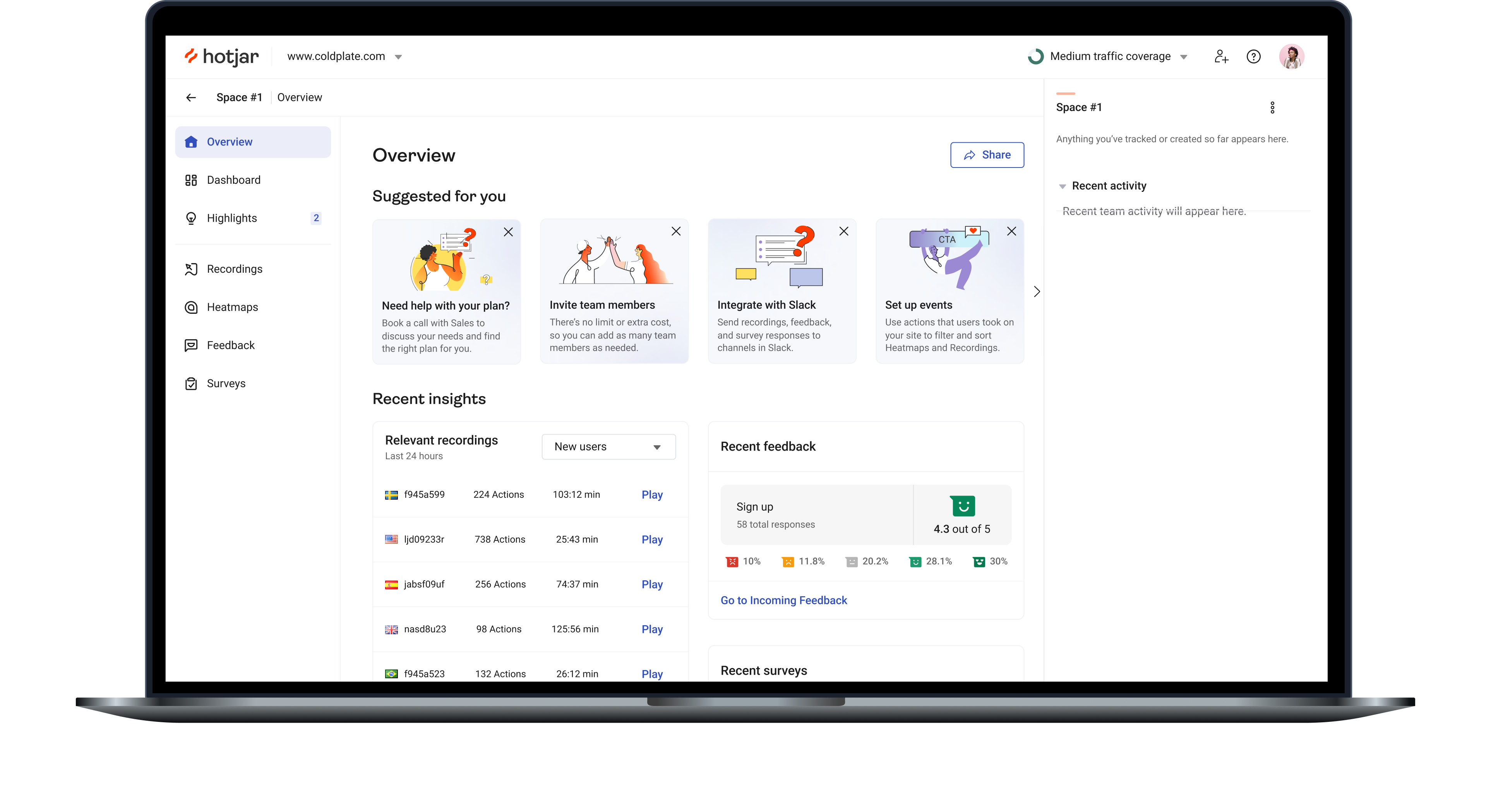
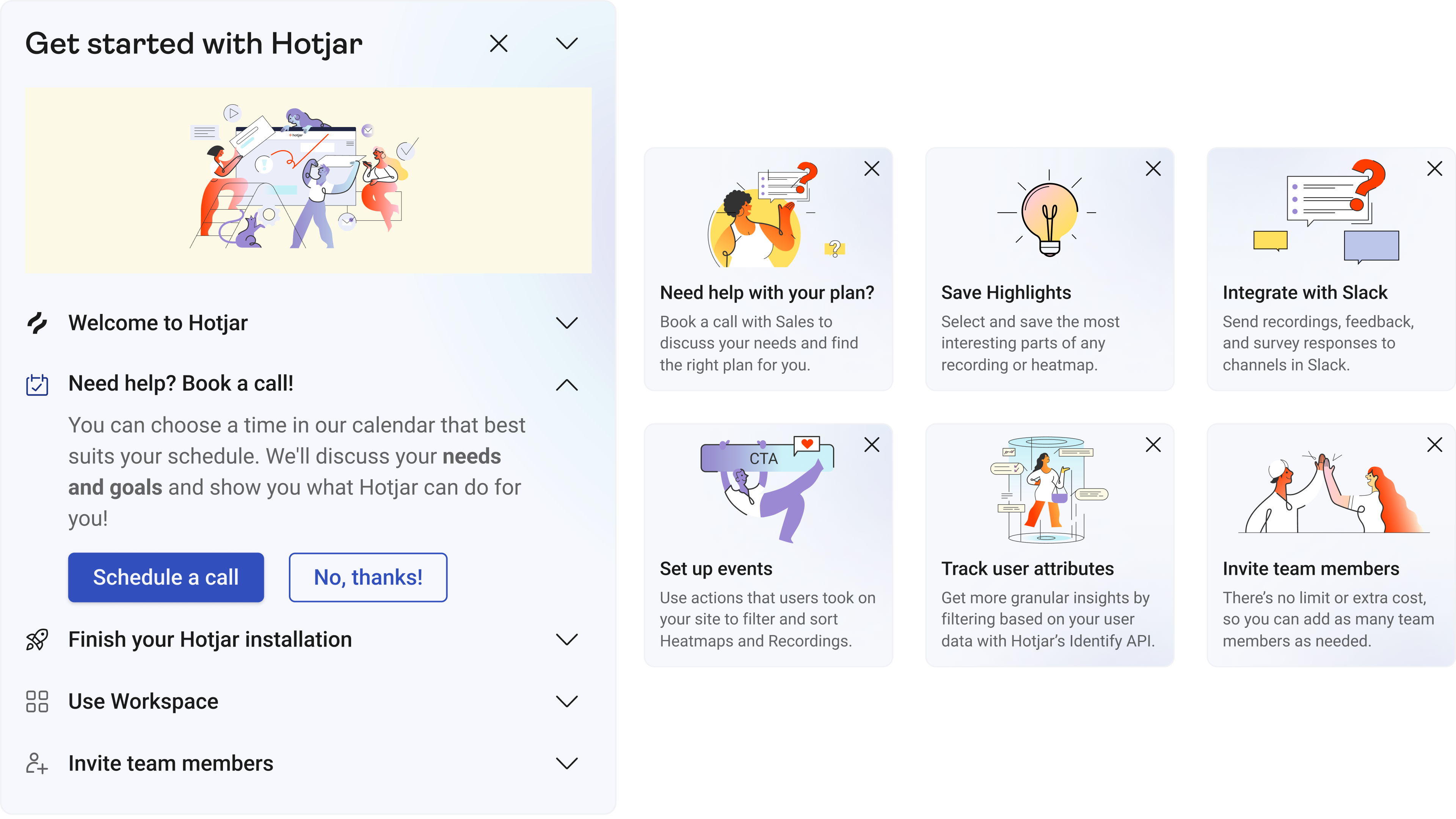
About 10% of Hotjar's customer base brings 80% of the revenue. Those customers are product teams of big organisations (e.g. Airbnb). Hotjar's product was designed as self-serve for smaller teams.
The product experience didn't effectively convert free trials into paid customers. What are the needs of big teams? How do we ensure a cohesive experience served by Hotjar's product, sales & success teams?
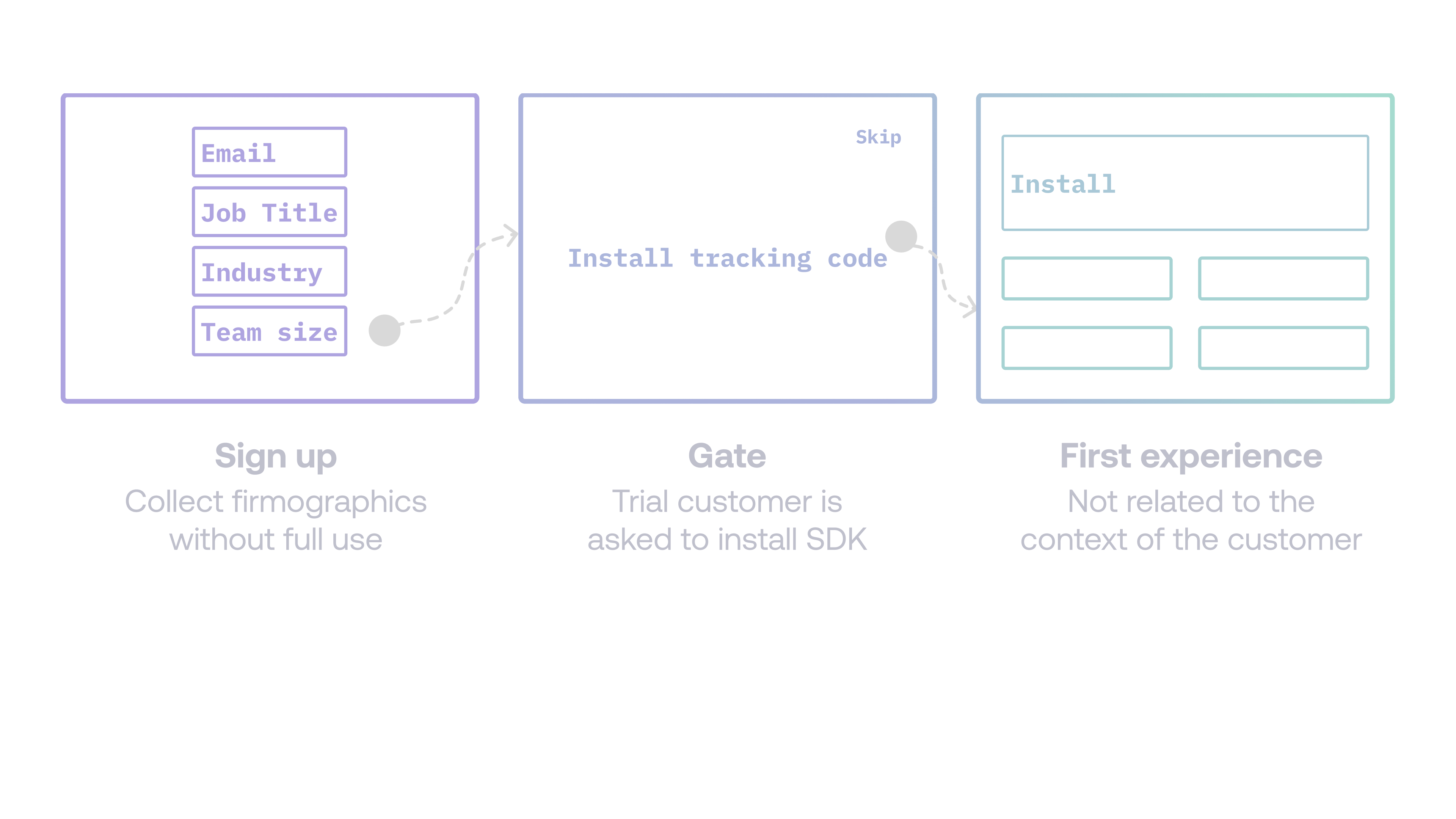

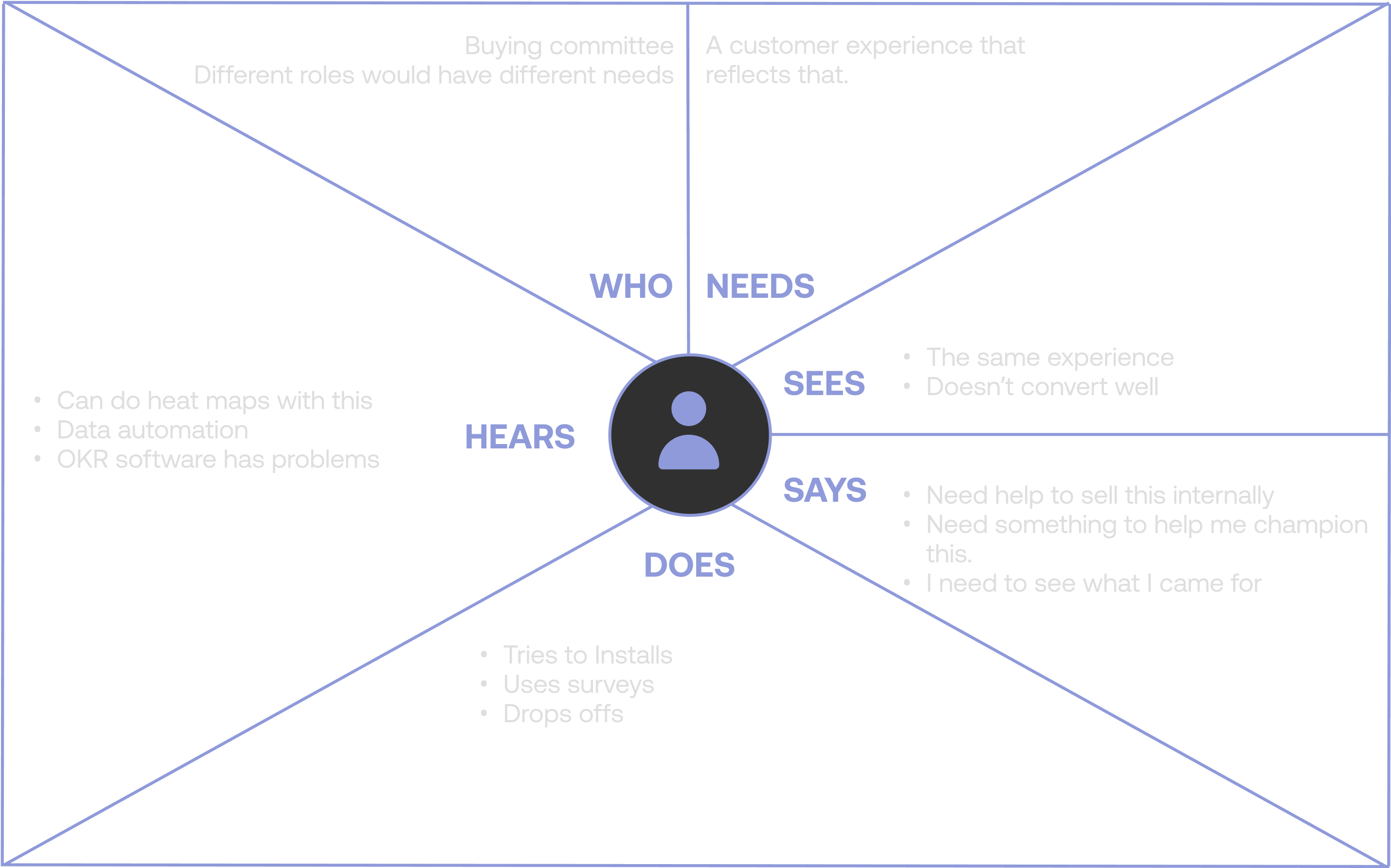
For in-depth qualitative understanding of the problem I conducted stakeholder interviews (engineering, sales, support). Also, I interviewed potential customers from target companies.
For in-depth quantitative understanding I performed data analysis using Mixpanel. I looked at user funnels and flows to understand what are the major friction points for free trial customers.




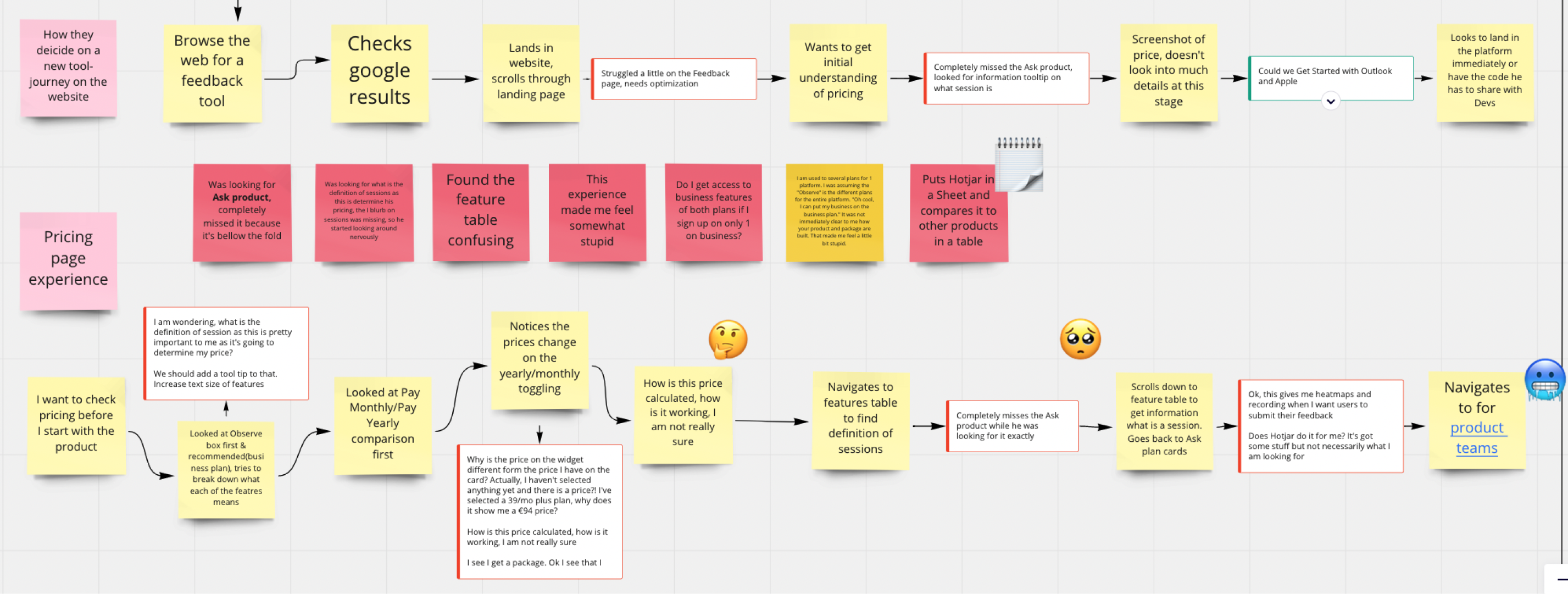
I did 8 interviews as we had gaps of knowledge - What is the buying experience? What are needs, goals, & pains. We also run a Survey. What do ICPs need to do to install the tracking code?
I also wanted to learn how many of the people in our existing ICP clients have actually installed the code, what were their job titles? How likely was an account to convert and so on.

Only 55% of sign ups actually could use Hotjar... and 27% of ideal customers skipped the install step after sign up

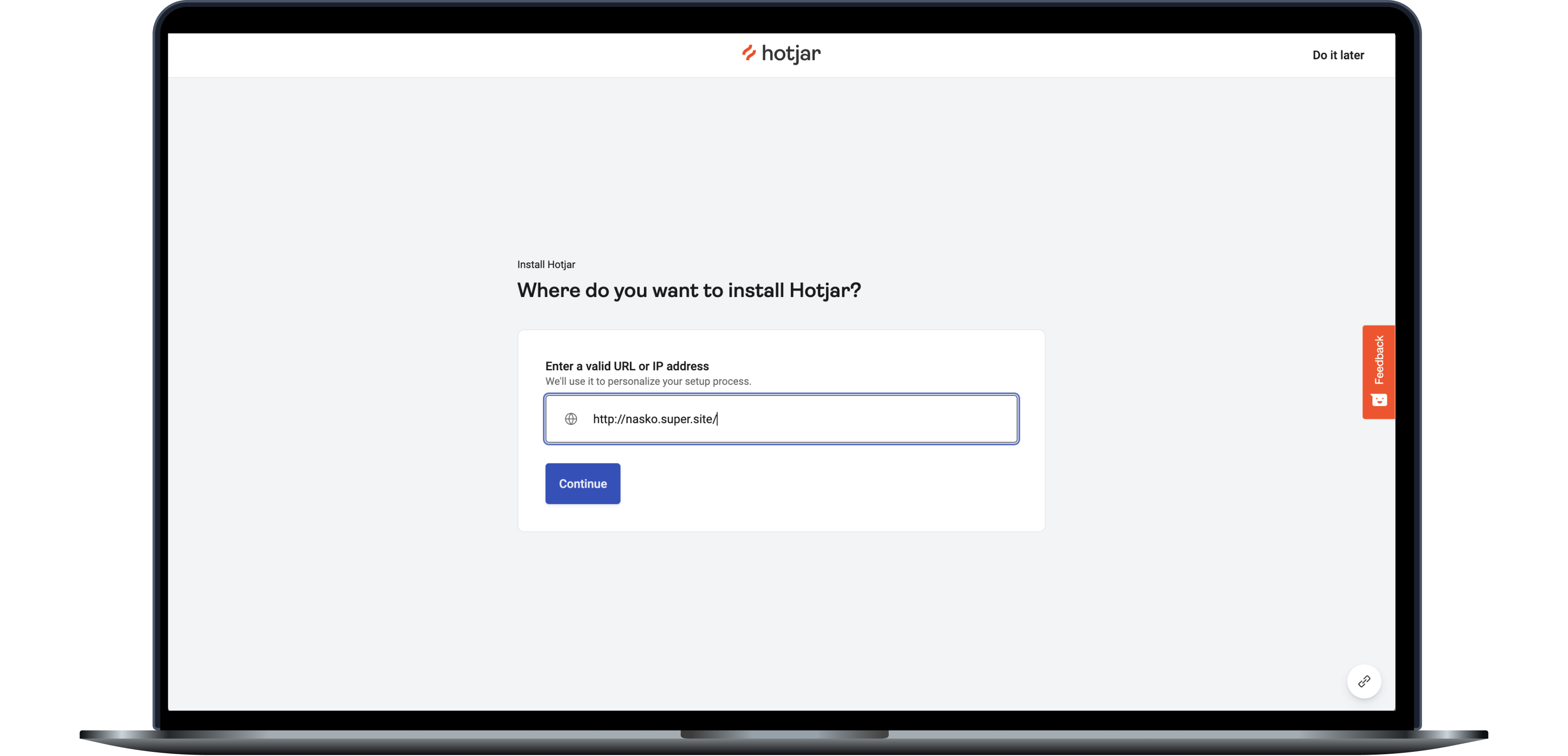
Product Manager

A Product manager maybe the champion for Hotjar and move the process. Manager will sign off budget, compliance needs to approve the product. Head of engineering/IT might have a say in that decision as well. A PM might be tech savvy to install SDK, but don’t have the access to do so. Engineers were most likely to install hotjar immediately after sign up. Everyone mentioned personalisation to be important.
“I need to observe what our customers do and why do they drop at certain places in the funnel”
“I will sign up and may invite a colleague, eventually it’s my boss who would approve the budget and compliance needs to sign this off”
I won’t be the one installing the code, why do you ask me to install before I see the product and get buy in from stakeholders?
Sales @ Hotjar

Hotjar does inbound sales, but product operations and experience don't facilitate well for that use case. Leads with best potential have difficulty to reach sales. During sign up we collect data that creates a lead score 50+ employees + certain industries = ICP. Sales does mail outreach. Not all prospects meet the requirements, so sales may end up facilitating deals which don't help them hit quota.
“Our ICP customers are from companies with 50+ people”
“Deal size should be a minimum of 8k”
“Some customers reach to us directly with a specific need. Usually those ones are the best ones, but very few.”
User journey map

Friction
Data privacy

Events that correlate with subscription
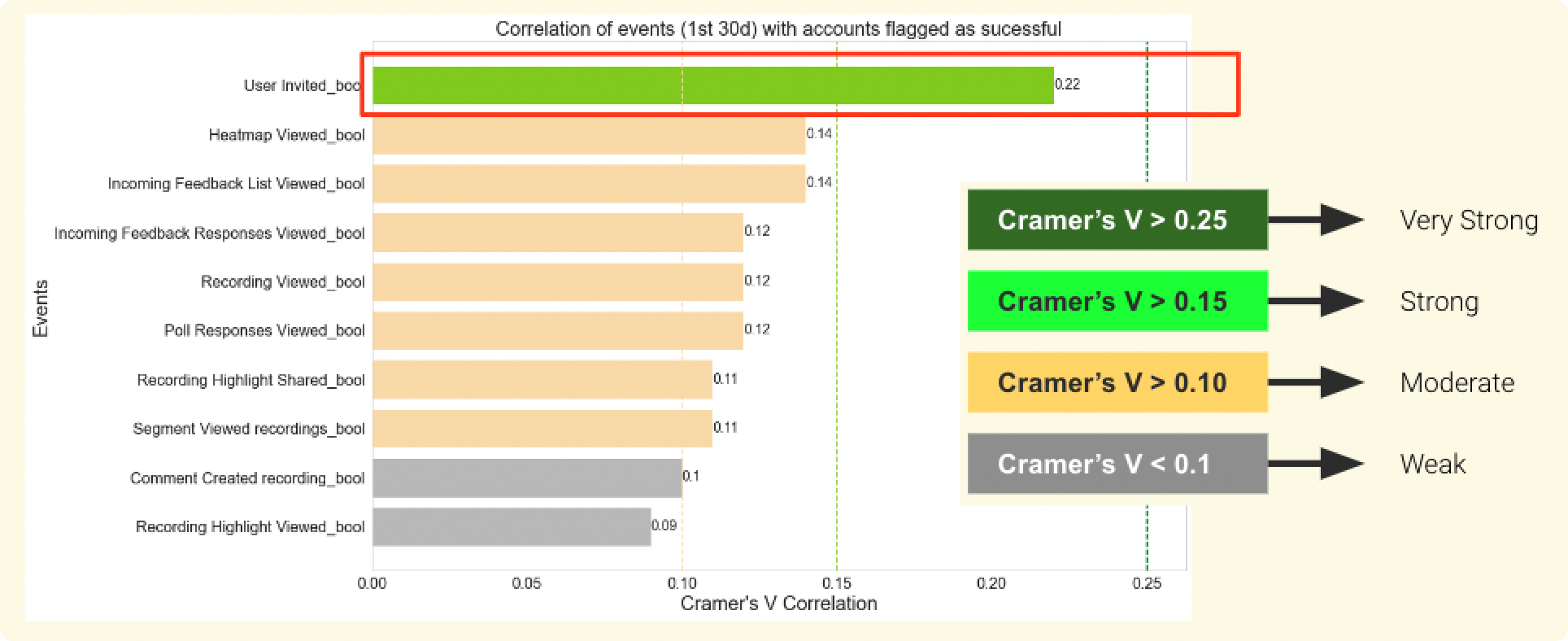
...help ICP customers to experience the value from Hotjar faster? We explored concepts in-person at a meetup in Amsterdam, as well as async. The vision we set was to bring people to value before sign up and asking for SDK install. To understand constraints, scope down feasible solutions and prioritise I assumed the role of a product manager, spoke with a data engineer, sales ops manager, the product manager of the other squad and a few of our engineers.
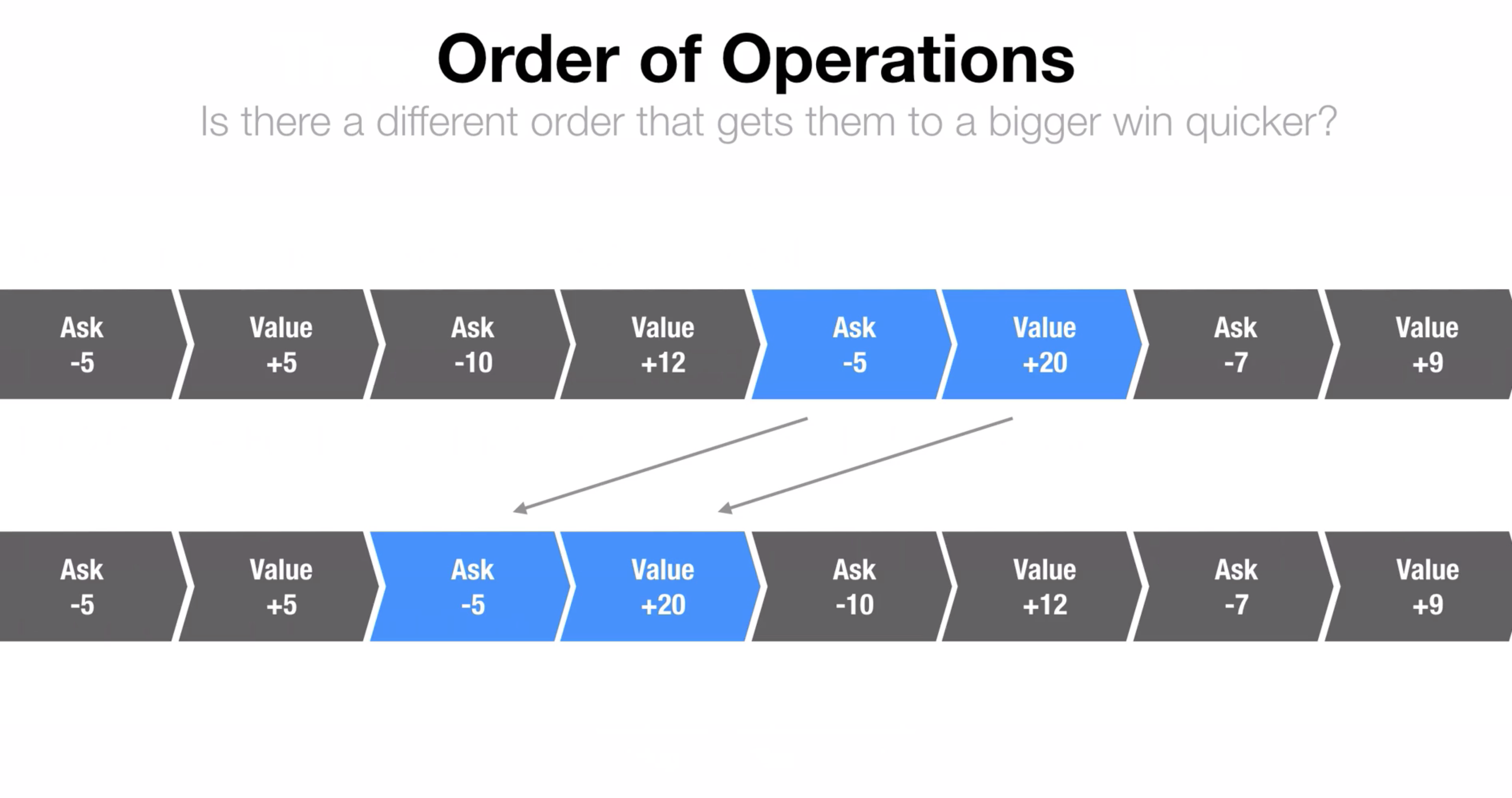
%20(1)%20(1)%20(1).png)
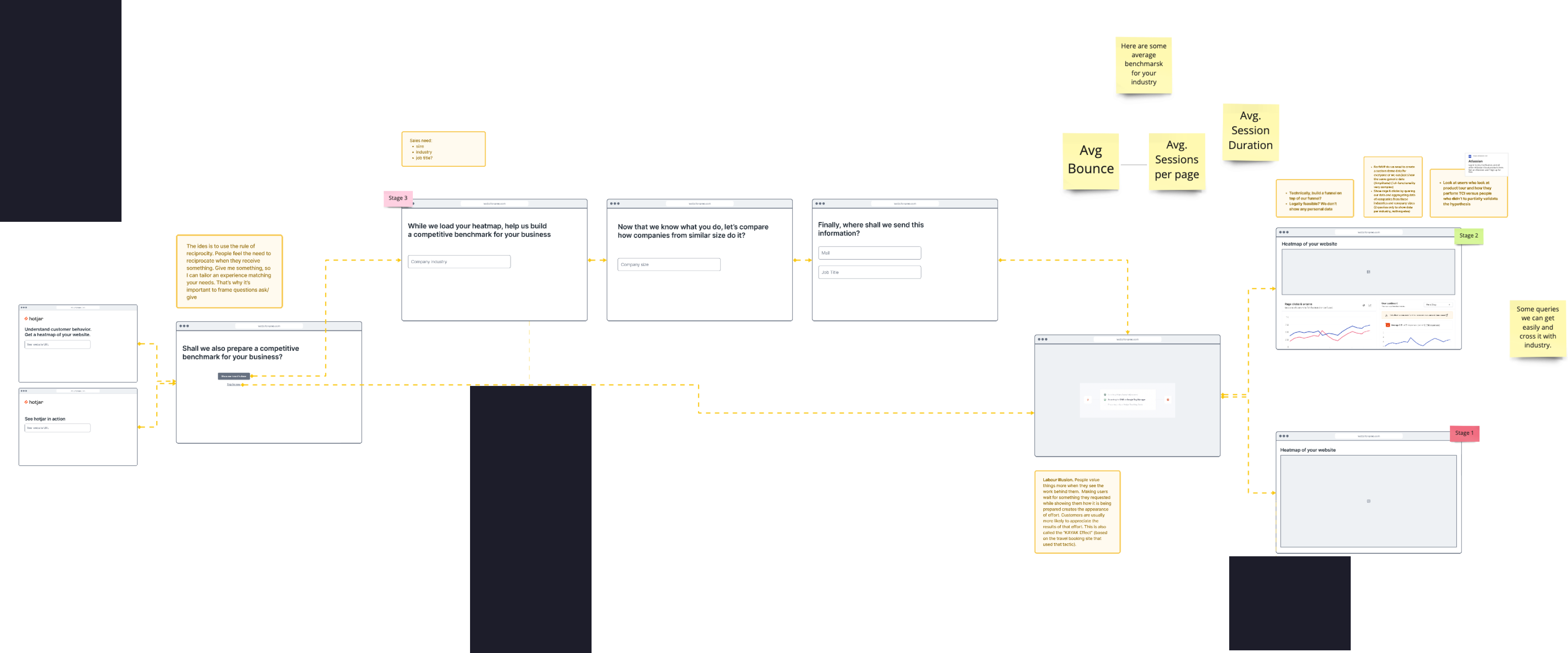
We removed friction
We found out that around 30% of our target customers would skip the installation steps during registration. To improve the subscription process, we ran an A/B test where we removed the installation screens for some users and made them only accessible once inside the product.

We contextualised
Every user has their own unique needs and tasks to complete when using digital products. To save time and avoid frustration, customers prefer a clear and easy-to-follow guide that walks them through the necessary steps. We created a "get-started" list and ongoing suggestions to ensure a smooth experience. Enterprise customers purchasing Hotjar navigate compliance and procurement processes internally, so they look for help and information before subscription and installation. In those instances, we offer a white-glove service.
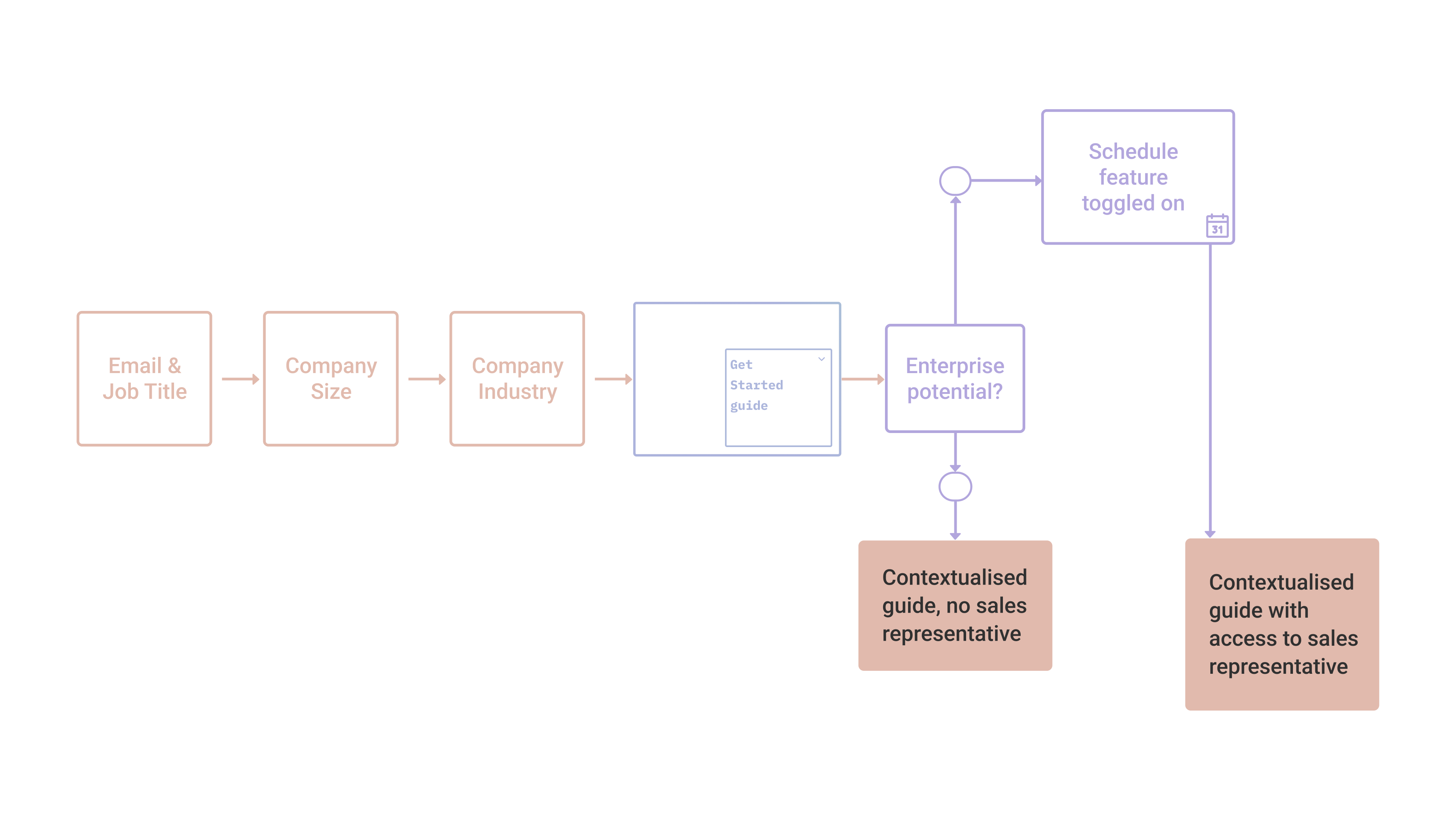
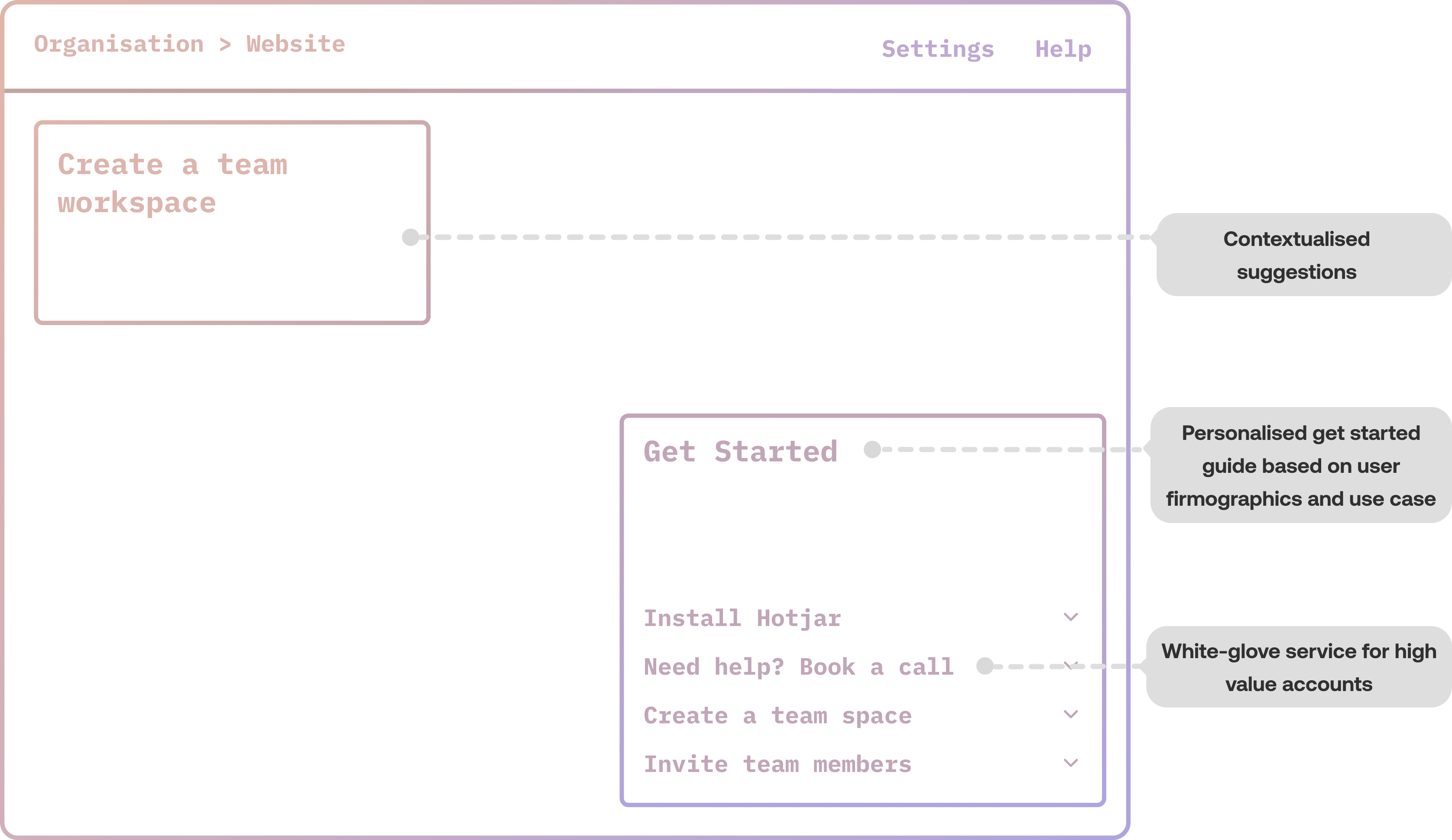
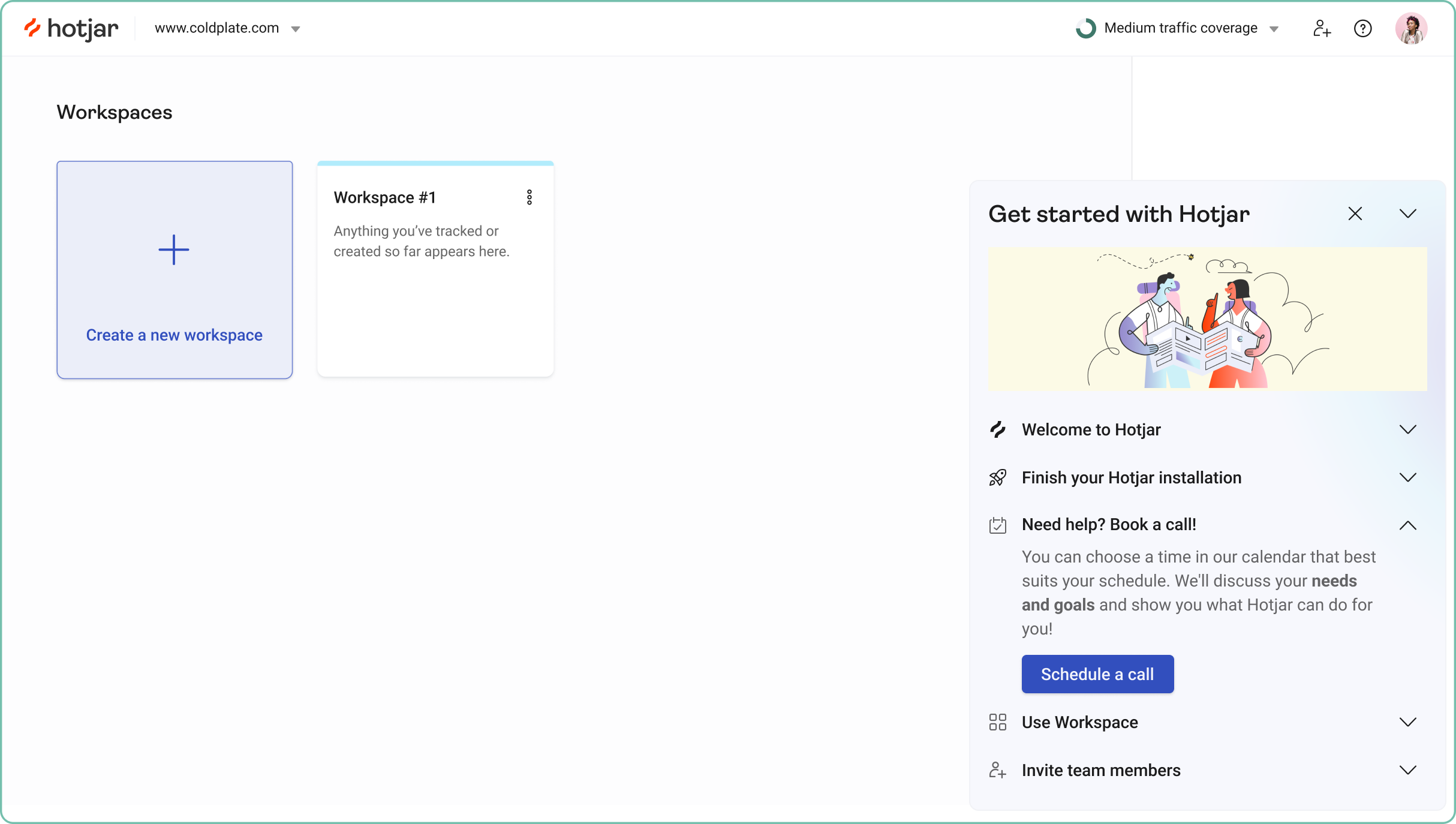
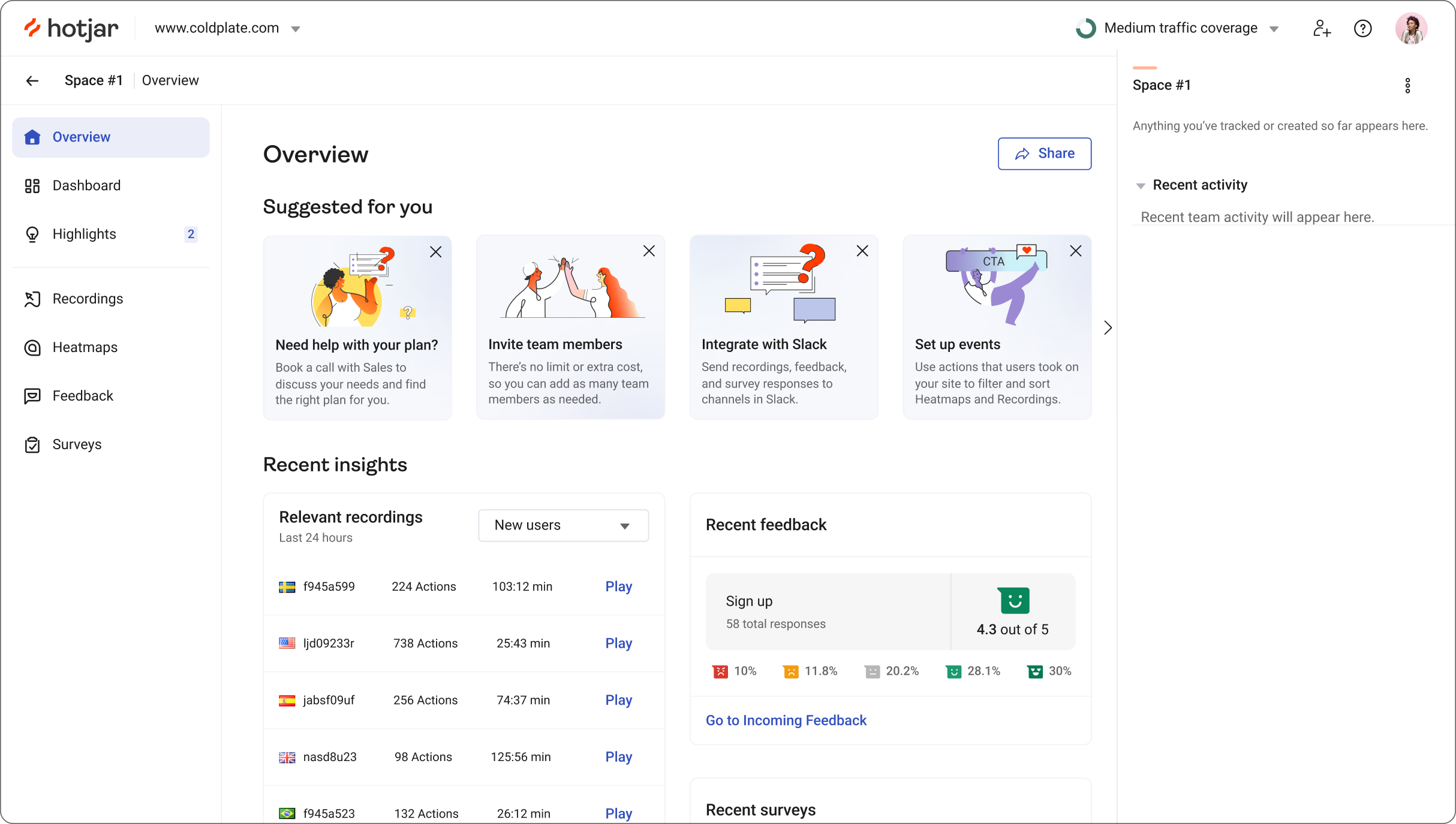
We enabled not only customers, but also Hotjarians to do their jobs
The contextualization decreases sales cycle length, and the reusable design components help product teams increase the velocity and adoption of different product features.
